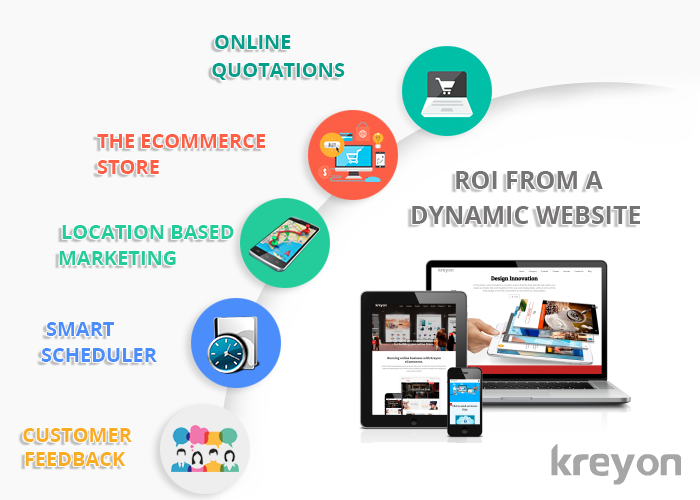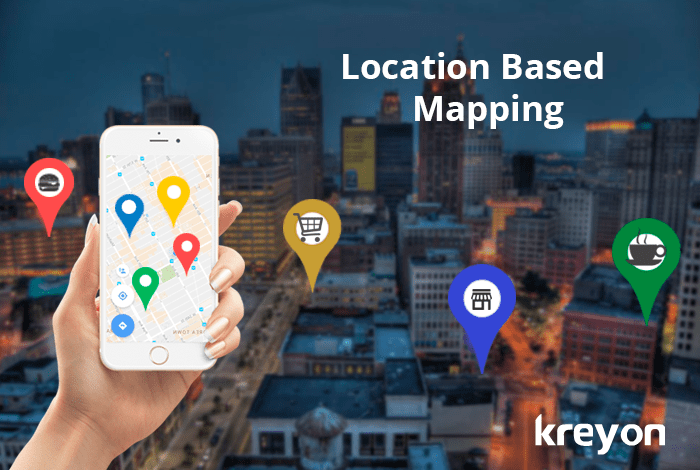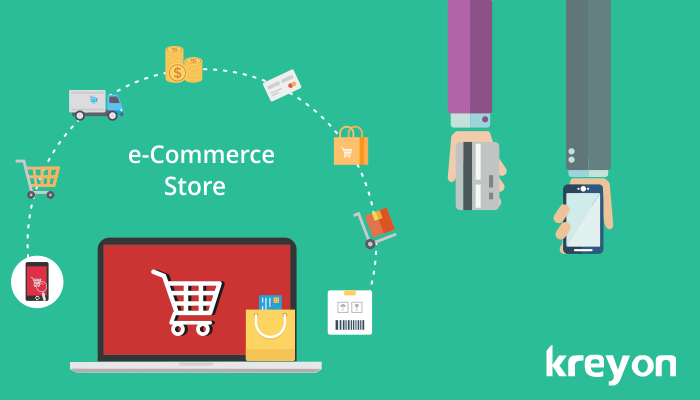ROI From A Dynamic Website

The only businesses that survive and thrive are those that can distinguish themselves from others.
The pace at which the change happens is throwing companies off guard. It is ever more crucial for companies to create a strong brand recognition and differentiation now. There are many facets and differentiating elements for a business. The World Wide Web or internet is now one of the major avenues for articulating the USP for a business, attract customers and building global brands. The dynamic website is a must for a business to establish a prominent brand on the web. Here we look at how you can get ROI from your dynamic website.
1. Customer feedback, polls & surveys :
Organising polls and surveys is very easy with a dynamic website. The admin can post various polls and surveys to gather opinions of visitors. These polls and surveys can be analysed to understand the response of visitors. The customer feedback process can also be automated with a dynamic portal. The customers can provide feedback, ratings for company products/services and their experience using them.
2. Online Quotations and purchase orders :
One of the most pivotal elements in business is to send proposals and quotations to your prospective customers quickly. When a prospect makes an enquiry for a product/service, the dynamic site can send an automated quotation to the customer. The basic details of products and services can be configured from the back-end. This leads to faster response times and automated quotations. Companies can also use the dynamic website for generating purchase orders and sending to their vendors.
3. Roster process for employees :
The roster process or inducting employees into a new company requires organised training. The web repository can be very useful in creating an online training section, which can be completed by employees at their convenience. All the trainings completed by the employees can be tracked by their managers. The dynamic website can facilitate skill upgradation programs with videos, ebooks, podcasts and articles etc.
4. Smart Scheduler for Press and Media Management :
The dynamic website can help a business to update key events and activities on the web. The companies use their websites for releasing press notes, key activities and latest innovations. This helps them to create a buzz in the media and also attract potential customers in the process. The PR and media management process is automated with scheduled posts, notifications to select journalists etc. The back-end functionality can also help an organisation to understand the impact of various press releases.
5. Location based Marketing :
The dynamic website is ideal to showcase location based offers and listings. The offers and discounts can be configured for locations as per preferences set by the administrator. The search engines also prioritize local business listings for product searches and can be a good avenue for improved business. Website development efforts can increase the visibility of your business using cool technological features like GPS tracking etc.

6. The Ecommerce store :
With the power of the web, more and more businesses are now creating their personalised ecommerce stores. They are now using the power of ecommerce to sell to anyone in the world. They are tapping into new and international markets with looking at innovative ways to reach new customers. The ecommerce store can be used by businesses for deals, coupons, and bulk discounts for their customers.

7. Digitised Delivery for products/services :
With the dynamic website, businesses are now able to sell their products and services to anyone in the world. The digitised delivery for the products allows businesses to organise and optimise their inventory. They can track the details of the total orders in a given time frame, check the delivery status, time taken to serve the customer and analyse the feedback from the customers.
Track order status, delivery details, time taken to serve the customer & gather feedback etc.
8. Integrate sales channels :
The dynamic website can help companies to manage their sales channels, locations and Enable greater consistency. Consumers are looking for consistency and experience the brand similarly across all channels of interaction and methods of shopping. Promotions, products, services, company information and policies etc can be managed consistently with a dynamic website.
9. Personalised Content :
The personalised content on the web has now become quite common for the ads, ecommerce portals. Now businesses are also more than eager to adopt personalisation based on various criteria like geo-location, age, customer loyalty, referrals etc. The content is presented according to the history of the users. The dynamic portals are now becoming more intelligent in their depiction of the business and present themselves as savvy sales executives.
10. Build Trust :
Your dynamic website carries the story of your brand in the digital world today. For many businesses, it is infact emerging as a stronger medium of influencing consumers than the physical world. A strong digital presence is a must to win consumer attention. A dynamic website articulates the vision, mission and core principles of a business. A well designed dynamic website creates a strong differentiation and builds trust enabling the growth of a business.
Most purchases today start with a web search. If your customer happens to visit your business online, a compelling dynamic website conveys a strong value proposition and trust for them. The dynamic website is the global headquarter and represents your business internationally. Customers can access you from anywhere across the globe. Dynamic website offers complete automation by integrating various aspects of a business, increases revenue & creates tangible ROI.
